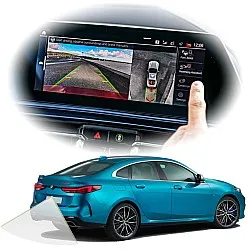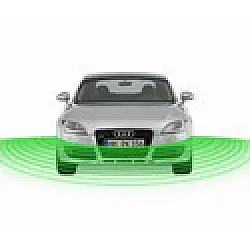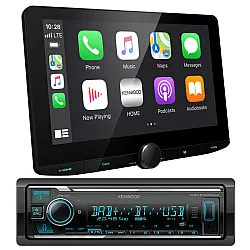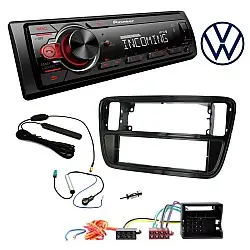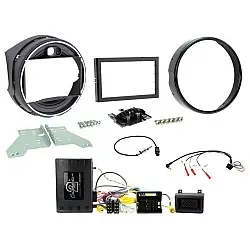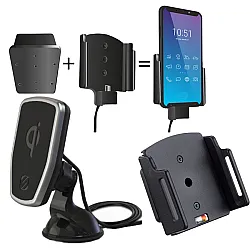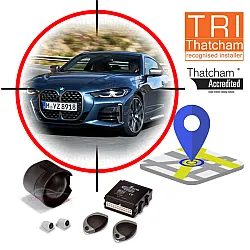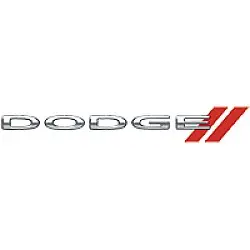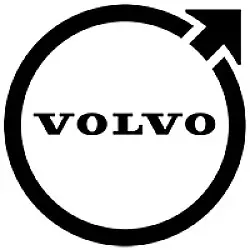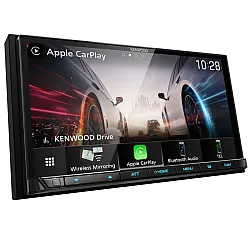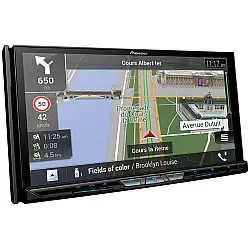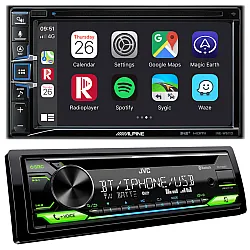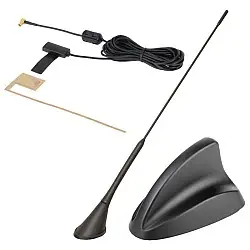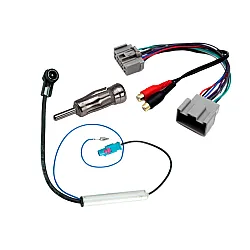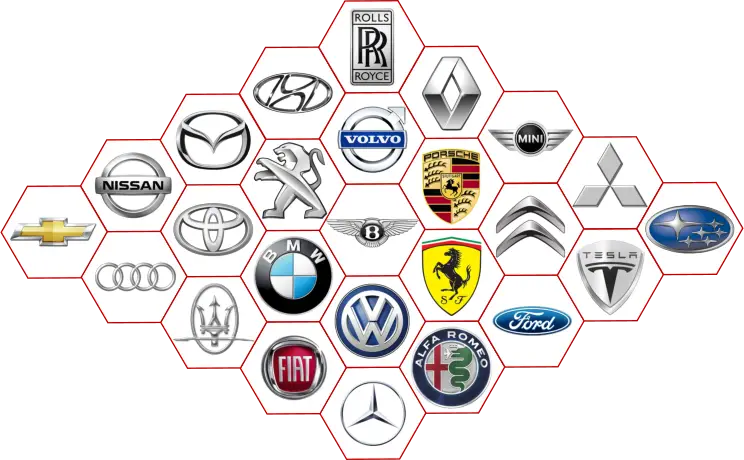How your car will have evolved by 2050

You know what a car looks like. Four wheels, headlights, brake lights, steering wheel… so many of the exterior basics have always stayed the same, that it can be easy to forget how much cars have actually evolved over the last few decades. Even cars of the early 2000s differ drastically from the cars we buy as new today, which is why so many of our customers like to upgrade their beloved cars with in-car tech like reversing cameras, dashboard cameras, and iPod docks and other integrated infotainment systems.
But the next twenty years are set to be particularly decisive in terms of how our cars evolve, and by 2050 a lot of these changes will have definitely taken root - or even evolved into something else entirely! So, how can you expect your common consumer to change in the next few decades?
A change in power dynamics
Petrol and diesel have been the go-to fuels for our cars for so long that not so long ago, it was difficult to imagine cars that would be powered without them. Now however, concerns over climate and similar issues mean that manufacturers are experimenting with different ways to power our cars. Electric is one of the most high profile means of doing so, but hydrogen is looking like another likely option too. The current plan (if you’ll pardon the pun) is to make electric cars mainstream by 2030, although we’ll see how well we’re doing towards those targets closer to the time!
In the meantime, petrol and diesel cars will be subject to increasingly strict emissions regulations - much of them from the EU, where many of our cars will still be made. London’s Ultra Low Emissions Zone is a British initiative that aims to limit the amount of polluting cars being driven through the city centre. In fact, London and Bristol both plan to ban vehicles entirely from certain areas of their centres by the end of 2020, and as we’ve mentioned recently, other cities are considering adopting the ULEZ too. Ultimately, it looks like petrol and diesel vehicles will be banned entirely in the UK by 2040, but again, it’ll be interesting to see how we progress towards this deadline!

A question of access
For most of automotive history so far, unlocking the car has been a mostly manual process. It’s not hard, after all - key goes in keyhole, job done. But other methods of accessing your car are emerging, such as keyless entry. Essentially, this involves sensors being installed in both the key and the lock, so that you just have to wave your key when you’re close enough, and the car will unlock automatically.
Alternatively, cars of the near future might make use of biometric ID, which would use your unique physical characteristics (like your facial structure or fingerprints) to recognise you and unlock the car. At the moment though, experts have pointed out that these two methods aren’t without flaws; in fact, keyless entry has been a huge factor in a recent crimewave in stolen cars throughout the UK. So it’ll be interesting to see whether these two emerging methods stand the test of time, or whether we’ll revert back to the good old manual methods - or even develop something else entirely!
Your car will be able to see for itself
Your car may already be fitted with cameras already, to assist you as a driver - for example, a reassuring dashboard camera or a handy reversing camera. But those are just cameras for your own use; your car doesn’t really take a view on the information that they’re capturing. However, new speed limiting technology is set to be fitted to every car from 2022 - and this system includes a setup of cameras that will enable your car to ‘see’ passing speed limit signs, helping it to work out what the local limit is and help you to ensure you’re sticking to it. This system may even limit your engine power if it thinks you’re going too fast. You can probably already see why it’s such a controversial change, but like it or not, it’s coming!
Your car will be able to think for itself
Now we come to one of the most famous big changes; self driving cars. The technology has been in development for quite some time now, but the next decade is when the industry expects to see the biggest leaps. With some of the biggest names in the industry (and indeed the world) working on the technology, including Vauxhall, Tesla, Uber and Google, the ultimate vision is a nation of self driving cars which need barely any human input at all. They’ll only require fuel and a destination to get passengers where they’re going, and will read traffic signs, speed limits, and even communicate with other cars on the go.
So, when can we expect all this to come in? Well, don’t worry about handing over control to your vehicle just yet - the current consensus is that it’ll be at least another 12 years before autonomous vehicles are sold to private buyers, and the UK still needs some serious infrastructure work before electric cars become viable for the general public. As we briefly mentioned above, the access methods still have serious security flaws, so we’re not likely to see widespread rollout of those for quite some time either.
However, that’s not to say you can’t make your own choices in how to future proof your car. That’s exactly what we can help with here at Car Communications, with a huge range of in-car tech to improve safety, entertainment, and enhance your overall in-car experience. You can browse our reversing cameras and iPod car kits right here on our site, or give us a call on 01282 694 537 to take advantage of our nationwide installation service!



































































